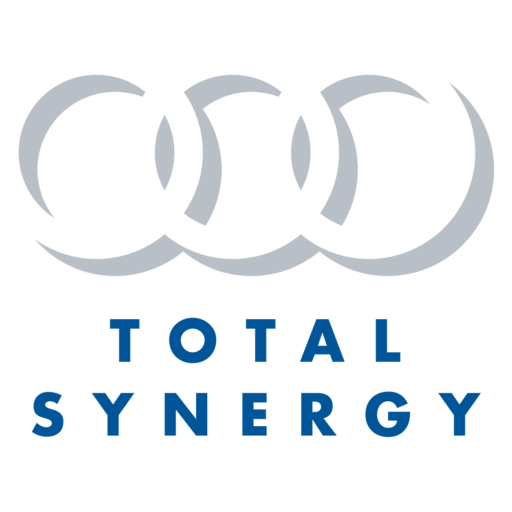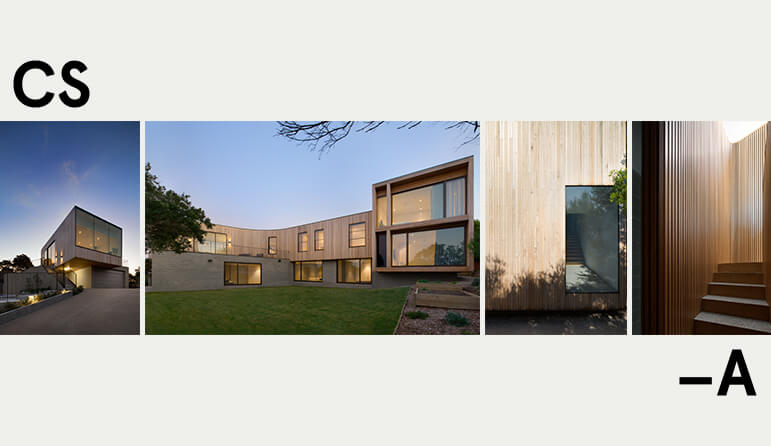For Cera Stribley Architects, “architecture is a tool for bettering the way we live and work”.
Which, although it may not be said in such words, is the overarching brief they commonly receive from clients.
The name ‘Cera Stribley’ comes from the amalgamation of the names of managing principals Dom Cerantonio and Chris Stribley, and this reflects the spirit in which the practice works — creative and collaborative.
At six years old, Cera Stribley is an emerging practice, as far as architecture firms go. Based in Melbourne, Australia, the business began with four staff members, and now has 80 — a huge amount of growth in such a short time.
One cool Kat
We got chatting with Kat Lethbridge, the studio operations manager for Cera Stribley Architects (CSA), who’s been with the company for a little over a year. With their rapid growth, CSA found they weren’t able to get true insight into what the day-to-day financials looked like. They needed someone to help support the company’s long-term plans — that’s where Kat fits in.
Her career path shows a history of administrative roles through creative businesses. Working in studio management positions across an array of design disciplines; from health architecture to interior design.
Find out how leading architects find more time for design with Synergy —
read the case studies and try Synergy free for 30 days.
The growth phase
In the beginning, when the business was small, processes were able to be largely informal — “it was easy to say to a colleague, across the office, ‘Hey what are you doing? Where are you up to?’” says Kat. The exponential growth meant that these processes had to be formalized.
As well as dealing with such an exciting upward trajectory, the typology makeup of CSA’s projects has been changing. When the practice formed, the projects were predominately residential renovations. The growth has expanded their services into high-end multi-residential and major commercial jobs.
Personnel-wise, the way the teams are formed has shifted in the last 12 months. The business has been growing so fast, that there was a time when it was important to be agile so they could try and manage how the structure looked at each stage of growth.
“In the last three-to-six months we’ve really nailed what the business should look like,” says Kat. Adding that it has been important to ensure that they perfect the balance between staff numbers and the bottom line. With these newly formed teams, CSA has been able to ramp up the processes around how they report, resource and relay their message across the team.
Pre-Synergy cloud approach to systems
CSA was initially using Synergy Practice Management (Total Synergy’s older desktop version) when they set the practice up. It was a small team at the time which made that perfectly manageable.
As the team grew, Dom and Chris found they wanted a more flexible way to do timesheets. So, they started using a generic timesheet software, but in terms of reporting and how complex it can get, it wasn’t really giving too much insight beyond timesheets.
CSA continued invoicing in Synergy Practice Management (desktop) because that’s where the historical financial data was, and the timesheets were done in the timesheet system. When it came to the end of the month, a total invoice was pushed into Xero, so there was record of cost and invoicing.
This went on for about 18 months.
You put your left foot in, put your left foot out
CSA had moved from invoicing and recording all financial data in Synergy (desktop), to separating their timesheet records — but this software lacked the Xero integration required.
In September of 2018, Dom and Chris attended the Synergy product roadshow. It was timely for the business, and the new product development seemed an exciting leap forward for the software in the way it could assist processes to be managed. CSA’s migration process to Synergy Cloud had begun in early August of that year, just before Kat commenced employment with the company.
In an arduous task, the administration team worked tirelessly to move that 18 months of data from the generic timesheet software across to Synergy Cloud. It took a lot of time and dedication, but the results were worth it!
As with any migration, there were bumps in the road before the man that Kat refers to as “Superhero Greg” (Synergy customer success consultant, Greg Hill) came in with his cape, to save the day.
So, what is the advice Kat would offer to other practices making the change? “You don’t know, what you don’t know” she says. “You have to make sure you ask the question ‘what do I want to do?’ but just as importantly, ‘and what are the implications of those actions?’. There’s so many moving parts in Synergy, that it’s a lot to get your head around initially.”
Cloud software adoption
The general consensus is that Cera Stribley Architects is currently about 60% of the way through implementing the full offering of Synergy’s features. At this stage they’re focused on moving through the software systematically. “Nail one component, and then move on to the next,” Kat says. Simplifying the training process to one topic at a time has made the adoption of Synergy more successful.
“I’m in and out of Synergy every day, so while it might seem quite familiar to me, for the senior architects, project leads, etc. it can seem like a really big, daunting task — there’s no point throwing training on the whole system at them, so we’ve just been trying to do it piece by piece.”
The business wants to be a leader in setting standards and procedures. It’s about creating consistencies and building efficiencies.
The future and earned value management
When CSA does monthly invoicing, they use Synergy’s WIP reports. Getting those bi-monthly WIP reports helps the business manage productivity. Kat says they are excited about rolling out use of earned value management (EVM) features.
Fees are not always going to be reflective of the work required. Whether they’re lower because it’s a marketing opportunity, or perhaps your stages are weighted differently. Kat says, “EVM is going to be really great for our senior leaders to have a realistic figure to measure their team and project performance against”.
It’s about finding a place where all of this information can be consolidated and referenced quickly.
Step away from that Excel
Although Kat is quite proud of her resource and planning spreadsheets, she admits that CSA hopes to move this data into Synergy. “It’s still a spreadsheet,” says Kat, “I still have to lock cells (to protect it), and it’s still a standalone document”.
Once the Synergy planning board for forecasting and resource planning takes over from that spreadsheet, it will enable the resourcing and forecasting data to be accessed much more easily by everyone, and automatically calculate availability, and all those things that are currently calculated manually. The potential time savings are huge.
Onward and upward
Cera Stribley Architects continues to learn. They’re exploring Synergy’s new features while managing the firm’s exciting growth. They are building a growing team and continually developing staff’s knowledge around processes and procedures, like how to get the most out of Synergy.
“That’s why it’s really important to us that everything is centralized — in one place, where everyone can access it. So that we can make both those things as quick and as easy as possible.”
More time for growth, more time for learning, more time for design.



